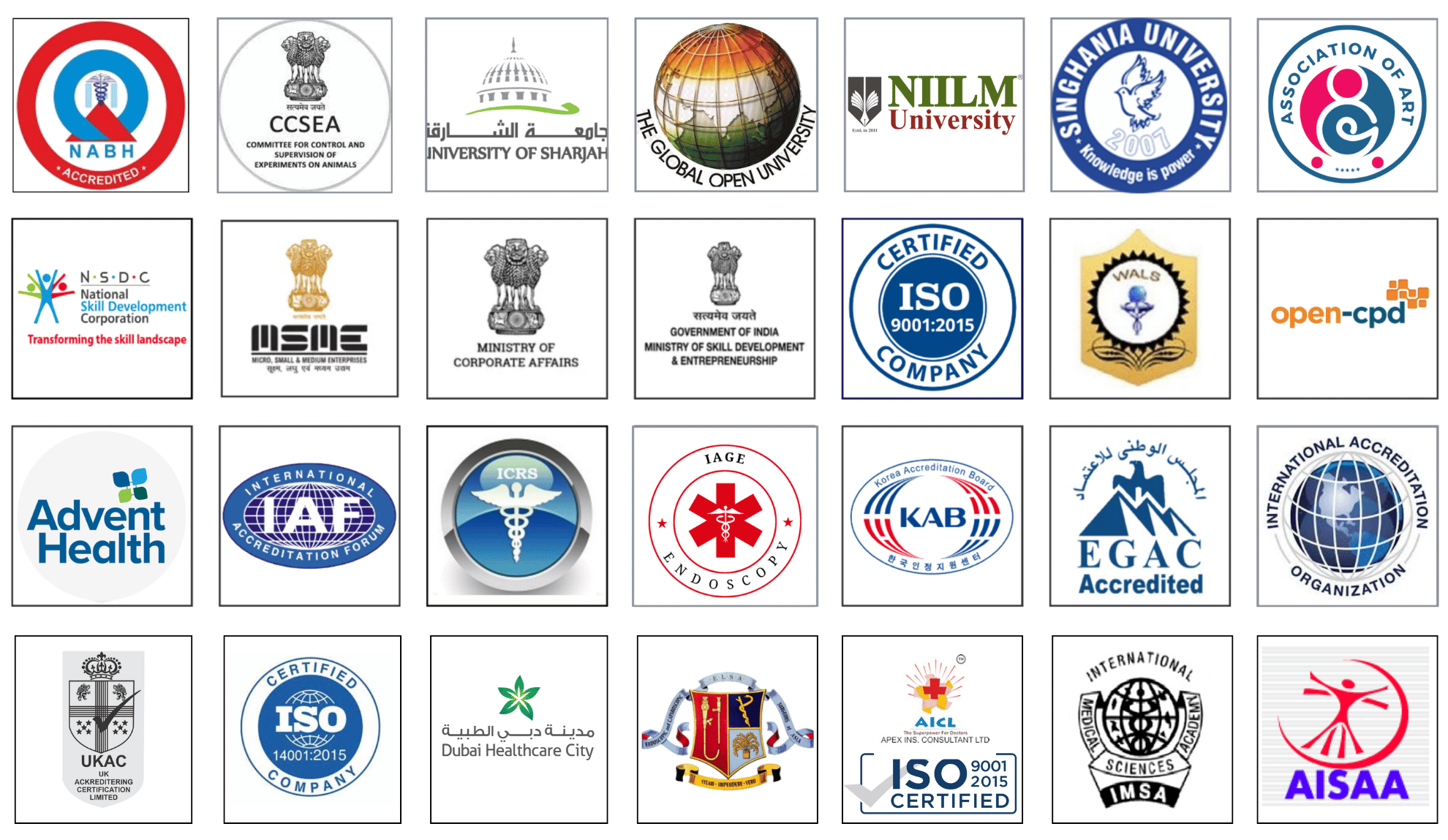Video of Mistakes and Errors in Minimal Access Surgery: Recognizing and Preventing Laparoscopic Complications
In this video, we will discuss that Minimal Access Surgery (MAS), including laparoscopic and robotic procedures, offers numerous benefits such as reduced postoperative pain, quicker recovery, and smaller scars. However, it also presents a unique set of technical challenges and risks. In this video titled "Mistakes and Errors in Minimal Access Surgery: Recognizing and Preventing Laparoscopic Complications," we examine the most common errors encountered in MAS and offer practical strategies for preventing them through proper training, planning, and intraoperative vigilance.
Common Mistakes in Minimal Access Surgery
Incorrect Port Placement
Poorly planned trocar positioning can result in restricted instrument movement, loss of triangulation, and ergonomic strain, increasing the risk of intraoperative errors.
Access-Related Injuries
Complications such as bowel or vascular injury can occur during the creation of pneumoperitoneum with a Veress needle or trocar insertion, especially in patients with prior abdominal surgeries.
Thermal Injuries from Energy Devices
Inappropriate use of monopolar, bipolar, or ultrasonic instruments may lead to collateral tissue damage, including delayed perforation or fistula formation.
Loss of Orientation and Depth Perception
The two-dimensional monitor view and limited tactile feedback can make dissection and suturing difficult, leading to misjudgment and potential injury to vital structures.
Inadequate Suturing and Knotting
Loose knots, poor bite technique, or improper needle handling can result in anastomotic leaks, bleeding, or suture line dehiscence.
Insufficient Team Coordination
Miscommunication between the surgeon, assistant, and camera operator often leads to poor visualization, instrument clashes, and longer operative times.
Root Causes of Surgical Errors
Lack of structured training and simulator practice
Inadequate understanding of laparoscopic anatomy
Overconfidence in early learning stages
Fatigue and prolonged operating times
Absence of preoperative planning and protocols
Strategies for Prevention
Preoperative Planning: Map out port positions, instrument requirements, and patient-specific risks.
Simulation-Based Training: Regular use of dry labs, box trainers, and virtual reality simulators to improve suturing, dissection, and knotting skills.
Energy Device Mastery: Understand energy spread, insulation failure risks, and activation protocols.
Intraoperative Safety Protocols: Follow structured checklists for entry, dissection, and closure.
Team Communication: Ensure synchronized coordination among all team members, including anesthesia, camera assistants, and scrub staff.
Postoperative Review: Record and analyze procedures to identify areas of improvement.
Conclusion
Mistakes in minimal access surgery are often avoidable. Through proper training, attention to detail, and adherence to safety protocols, these errors can be minimized. This video is designed to help surgeons, trainees, and operating teams understand the most frequent complications and how to prevent them—ultimately improving surgical outcomes and patient safety.
Watch the full video to learn how to recognize early warning signs of complications, avoid critical errors, and strengthen your laparoscopic skillset. Don’t forget to like, comment, and subscribe for more surgical insights from World Laparoscopy Hospital.
No comments posted...
| Older Post | Home | Newer Post |





